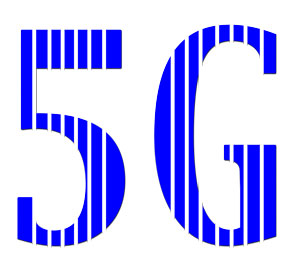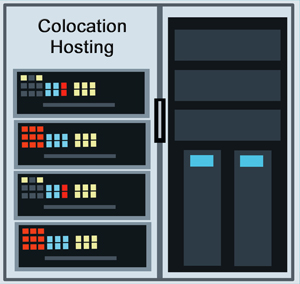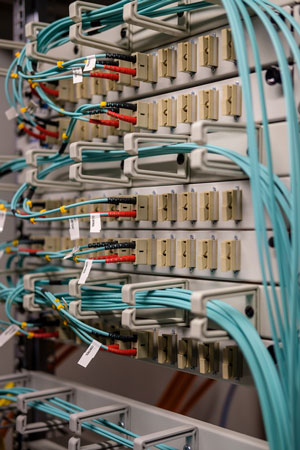Internet bandwidths have been creeping up since the introduction of broadband more than two decades ago. Just when you think you have enough, you find that response from websites and cloud applications is too sluggish for you to maintain maximum productivity. It’s time for another upgrade, but that isn’t such a bad thing these days… if you do it right.
 Why the Need for So Much Bandwidth?
Why the Need for So Much Bandwidth?What’s driving the need for ever increasing bandwidth is more data hungry applications. While the original Internet was most text-based, the next move was to images and then database operations. The introduction of video really started to suck up Mbps and Gbps as fast as they could be provided.
Now it is enormous file transfers, high definition video, including video conferencing, and the relocation of business critical applications from the server room to the cloud. Add e-commerce to that mix and you have a screaming demand for high speed low latency bandwidth.
The Changing Nature of WAN Bandwidth
The telecommunications world was founded on copper and wireless. Wireless persists in an evolved form, but copper is on the way out. Well, twisted pair copper telecom lines are disappearing fast. Coaxial cable copper has a new lease on life with DOCSIS 3.1 and 4.0 that are enabling it to compete with fiber. Wireless, too, can compete with fiber using 5G and, soon, 6G technology in the microwave range.
The big daddy of telecom is fiber. You can see fiber being trenched into nearly every right of way in cities and even smaller towns. Fiber goes under water to link continents. The Internet IS fiber, even if your access isn’t.
Fiber today isn’t the same fiber as yesterday. Oh, it’s still glass fibers fed by lasers. What’s different is the protocols. The telephone-centric SONET has given way to Ethernet over Fiber that is directly compatible with the Ethernet on your LAN. Packet switched networks have taken over from circuit switched networks.
The Good News About Bandwidth
The thought of ever accelerating bandwidth needs could give you pause except for one counter factor. The cost of that bandwidth is decreasing almost as fast as the speeds are increasing. You can get gigabit level fiber or cable broadband for what you used to pay for a T1 line. It is rapidly becoming possible for residential users to get gigabit level bandwidth over cable and PON (passive optical network) fiber. Wireless speeds in the hundreds of Mbps are also getting common. Any of these services may also serve smaller businesses well.
The next step up is in the multi-gig speed range, with 10 Gbps a new standard. It works well for businesses with many employees online, hospital and medical centers needing to transmit medical images, automated factories, video production and so on. If you already have Gigabit Internet or GigE service and are running into congestion, a 10 Gbps fiber line may be the perfect solution. For very high volume operations, even 100 Gbps isn’t unreasonable and is becoming more commonly available.
All Bandwidth Isn’t the Same
So far we’ve been talking about the Internet, the ultimate public commons. It’s a shared network by its very nature. Even so, most users with enough bandwidth find it works well for their purposes.
Internet access is also generally shared. Cable and cellular wireless are multi-user services without any priority or guarantee of latency. Because they are shared, these are the most affordable options.
The next step up is called Direct Internet Access or DIA. It’s a private line from your location to the Internet connection at your service provider. Being private means that you aren’t competing with dozens of other local companies or consumers for bandwidth, which can become scarce at times. The wireless equivalent of DIA is called 5G slicing.
Still need higher performance? Skip the Internet for a private lane all the way from your company to your cloud provider. Direct connection, another name for a private line, completely eliminates competition from other users to give you the best consistent performance. A 10 Gig Ethernet fiber private line is a premium service that may well fit your budget if you need to have the cloud behave like the servers down the hall.
Are you ready for 10 Gbps Internet or private line service? Don’t say no until you’ve checked prices for 10 GigE and higher business bandwidth. If 10 Gig is too much right now, you may opt for a fraction of that with the option to upgrade later. If 100 Gbps makes sense, large organizations may also find that within their means.




